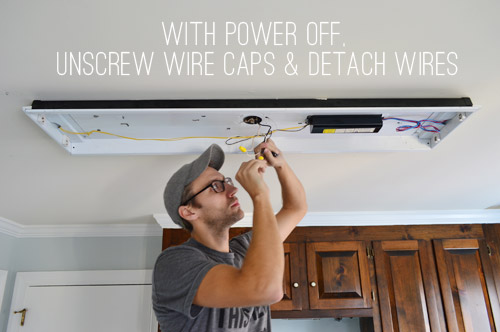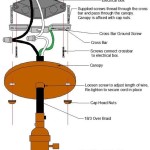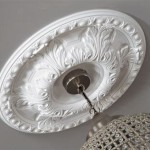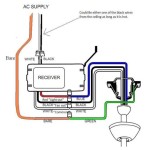Essential Aspects of Fluorescent Kitchen Ceiling Light
Fluorescent kitchen ceiling lights are essential for providing adequate and efficient illumination in the kitchen. They offer several benefits, including energy efficiency, brightness, and versatility, making them a popular choice for both residential and commercial kitchens. Understanding the essential aspects of these lights is crucial for making informed decisions when selecting and installing them.
This article will delve into the key aspects to consider when choosing fluorescent kitchen ceiling lights, ensuring optimal performance and satisfaction. We will explore factors such as light output, color temperature, energy efficiency, lifespan, and installation requirements.
1. Light Output
The light output of a fluorescent kitchen ceiling light is measured in lumens. Higher lumen ratings indicate brighter lights. For kitchens, a light output of around 3,000-4,000 lumens is generally recommended to provide adequate illumination for tasks such as cooking and cleaning.
2. Color Temperature
Color temperature refers to the warmth or coolness of the light emitted. Fluorescent lights are available in three main color temperatures: warm white (2,700-3,000K), neutral white (3,500-4,100K), and cool white (4,500-6,500K). Warm white lights create a cozy atmosphere, while neutral white lights are more versatile and provide good color rendering. Cool white lights are the brightest and enhance visibility.
3. Energy Efficiency
Energy efficiency is a crucial consideration when choosing fluorescent kitchen ceiling lights. Look for lights with high lumen-per-watt ratings, which indicate energy efficiency. High-efficiency fluorescent lights can significantly reduce energy consumption, lowering electricity bills over time.
4. Lifespan
The lifespan of a fluorescent kitchen ceiling light is typically measured in hours. Longer lifespans mean fewer replacements and lower maintenance costs. High-quality fluorescent lights can last for 10,000-20,000 hours or more, providing years of reliable illumination.
5. Installation Requirements
Before installing fluorescent kitchen ceiling lights, it's essential to consider the installation requirements. These may vary depending on the type of light fixture and the ceiling structure. Some lights require direct wiring to the electrical system, while others utilize plug-and-play connections. Ensure the lights are compatible with the existing wiring and that the installation is performed by a qualified electrician for safety and code compliance.
Conclusion
Fluorescent kitchen ceiling lights offer a versatile and energy-efficient solution for kitchen illumination. By considering the essential aspects of light output, color temperature, energy efficiency, lifespan, and installation requirements, homeowners and businesses can make informed decisions when selecting and installing these lights. Understanding these factors ensures optimal performance, enhanced visibility, and a comfortable and well-lit kitchen environment.

Commercial Electric 4 Ft Vintage Inspired Oil Rubbed Broe Selectable Led Flush Mount Ceiling Light 3600 Lumens 3000k 4000k 5000k 54486111 The Home Depot

How To Replace An Old Fluorescent Light Fixture Young House Love

Removing A Fluorescent Kitchen Light Box The Kim Six Fix

Lithonia Lighting 4 Light White Fluorescent Ceiling 10642re The Home Depot

Harper Led Medium Fluorescent Style Kitchen Ceiling Light Chrome

How To Update Old Kitchen Lights Recessedlighting Com

What Light Fixture Do I Use To Replace Kitchen Fluorescent

Replacing Fluorescent Light Boxes In Your Kitchen My Design Rules

How To Remove A Drop Ceiling 1905 Farmhouse

Fluorescent Flush Mount Lighting At Com
Related Posts







